The US dollar turned bearish on Friday morning after the University of Michigan survey presented a drop in US consumer sentiment in early November to its lowest level in a decade as surging inflation cut into households’ living standards, with few believing policymakers are doing enough to mitigate the issue.
With short-dated US Treasury yields moving higher; five-year bond yields rose to a February 2020 high; investors were storming up bets this week that the Federal Reserve will have to raise interest rates sooner than expected.
Foreign exchange markets have been stirred up from Wednesday’s data showing a broad-based increase in the US consumer prices last month at the fastest annual rate since 1990, putting doubts on the Fed’s position that price pressures will be temporary. Saying that, Friday’s survey raised some suspicions, as strategists were long on the dollar, which was enjoying its biggest weekly percentage advance since the week ending August 22.
The Euro continued to suffer from the perception that the European Central Bank will not be tightening monetary policy until well after some of the other major central banks, including the US Federal Reserve and the Bank of England. Even though the markets long ago priced that in, last Wednesday’s steep fall in EUR/USD after a shocking set of US inflation data suggests that the slide in the pair is far from over.
On the economic data front, next week will not be filled with high impact announcement except for Australia, the US, UK, and Canada. Specifically on Tuesday, the Australian Monetary Policy Meeting Minutes and the US monthly Retail sales will be release. On Wednesday the UK and Canadian CPI’s will be released which will give an indication on Inflation.
Major Currencies Performance and Signals
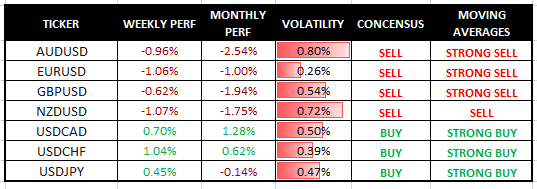
EUR/USD
Last week’s sharp drop in the EURUSD pair, that went below 1.145, its lowest price for nearly 16 months was due to news that US inflation had hit its highest level in 30 years. It is expected that the ECB will follow the Federal Reserve in tightening monetary policy, and that will likely trigger further drops in EURUSD to the near-term and the long-term.
FORECAST: SELL
Resistance: 1.1450, 1.1500, 1.1550
Support: 1.1400, 1.1350, 1.1300
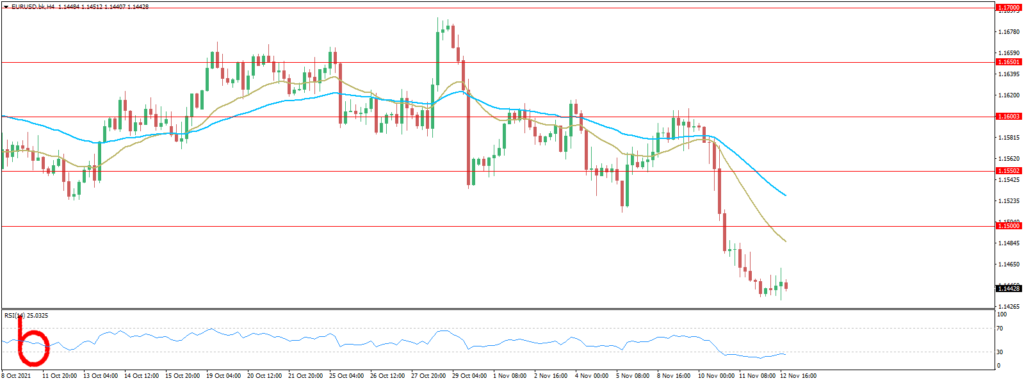
GBP/USD
The British pound has been declining in response to high US inflation data. In mid-November, the daily chart paints a decisive bearish momentum for the next week.
FORECAST: SELL
Resistance: 1.3500, 1.3550, 1.3600
Support: 1.3450, 1.3400, 1.3350
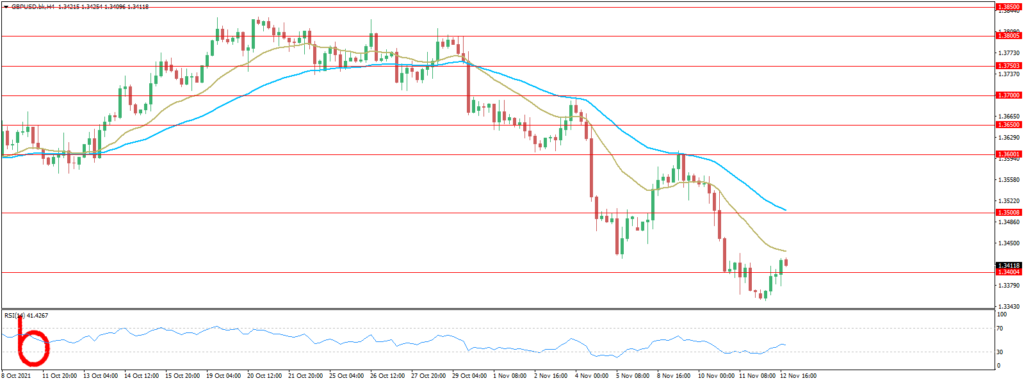
AUD/USD
The RBA will publish its Minutes of their latest meeting while Governor Lowe speaks later. Rising gold prices partly compensated the US Dollar’s strength versus its Australian opponent. The Aussie is at risk of losing the 0.7200 threshold and retesting the September low.
FORECAST: SELL
Resistance: 0.7350, 0.7400, 0.7450
Support: 0.7300, 0.7250, 0.7200
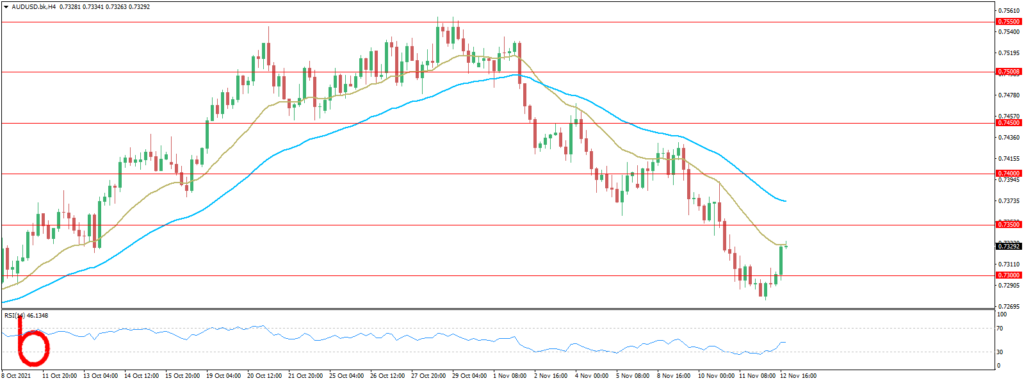
USD/JPY
The Japanese Yen is looking at the Q3 GDP data to start off the week. Japan’s Prime Minister Fumio Kishida’s stimulus package is also in focus. The USDJPY upside could resume if GDP and stimulus fail to impress.
FORECAST: NEUTRAL
Resistance: 114.00, 114.50, 115.00
Support: 113.00, 113.50, 112.50
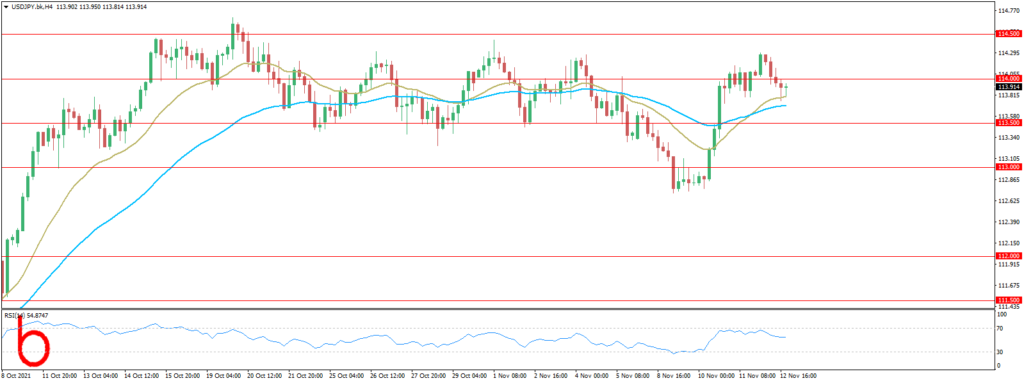
EUR/JPY
The EURJPY remained on track to close the fourth successive week with losses, extending the rejection from October’s high near 133.50. We remain bearish for this week.
FORECAST: BUY
Resistance: 130.50, 131.00, 131.50
Support: 130.00, 129.50, 129.00
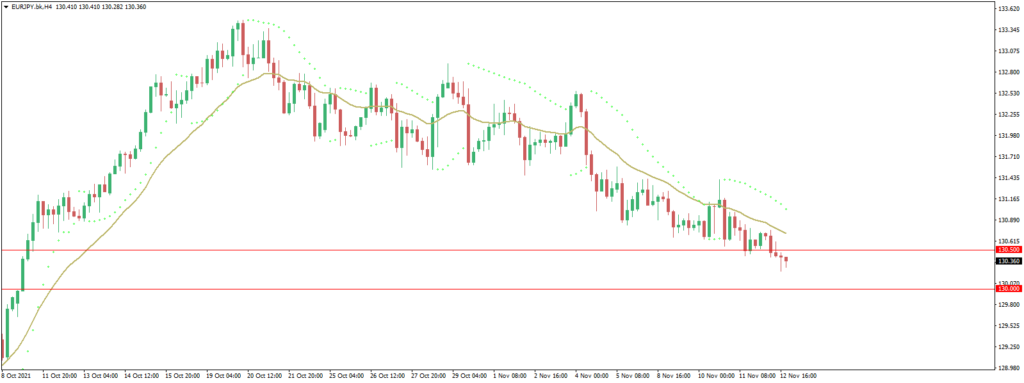
Warning:
Trading on CFDs involves a high level of risk, including full loss of your trading funds. Before proceeding to trade, you must understand all risks involved and acknowledge your trading limits, bearing in mind the level of awareness in the financial markets, trading experience, economic capabilities and other aspects.
Disclaimer:
Market Trends, Charts, Trading Ideas or other information provided by BKFX (Pty) Ltd and/or third parties are not intended as an investment advice and/or recommendation. The information provided is not presented as suitable or based on your specific need. You are responsible for your own investment decisions and you should not trade with money you cannot afford to lose. Any views or opinions presented in this Article are solely those of the author and do not necessarily represent those of the Company, unless otherwise specifically stated. The Company may provide the general commentary which is not intended as an investment advice and must not be construed as such. Seek advice from a separate financial advisor if an investment advice is needed. The Company assumes no liability for errors, inaccuracies or omissions, inaccuracies or incompleteness of information, texts, graphics, links or other items contained within this article/material.